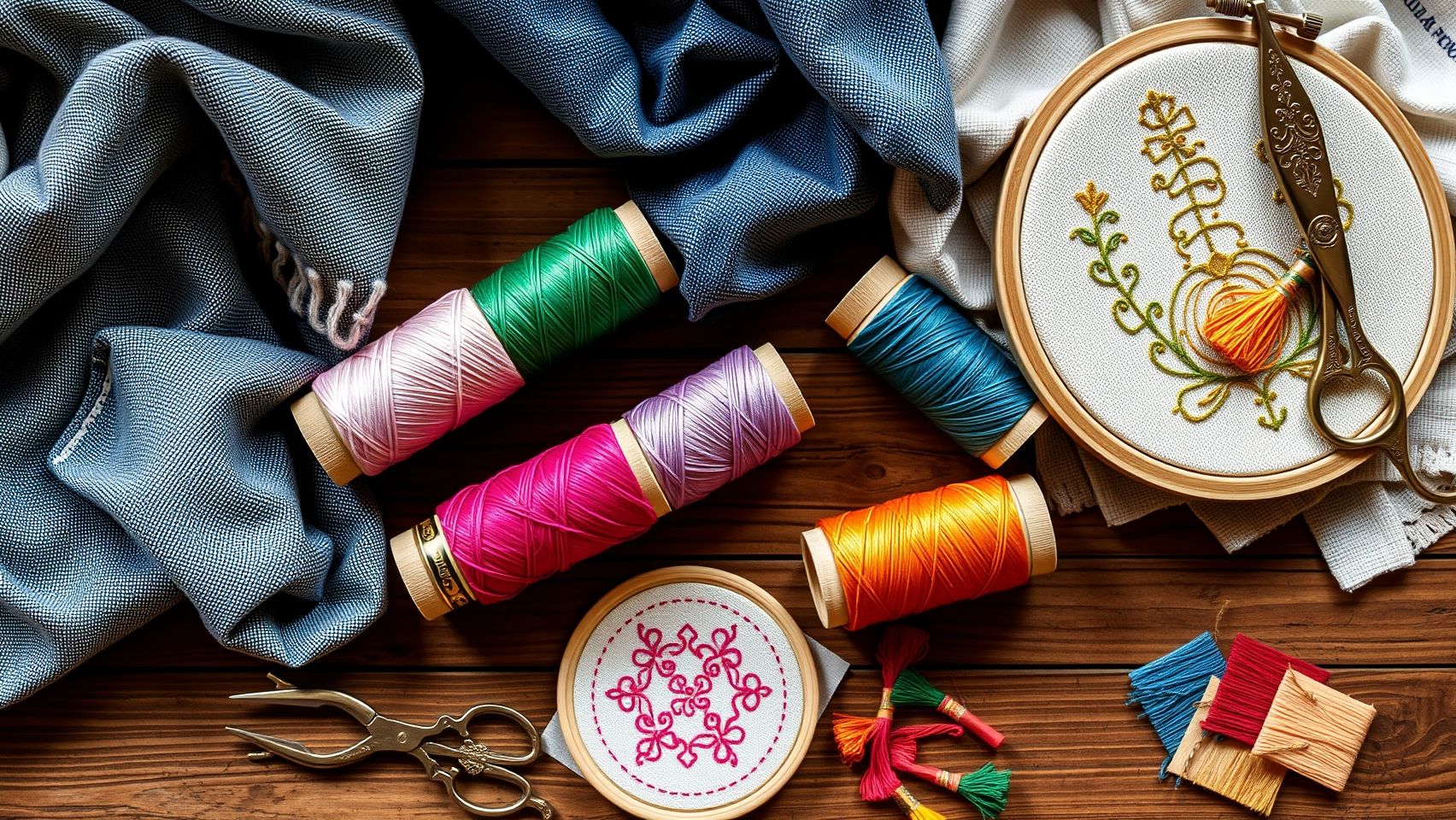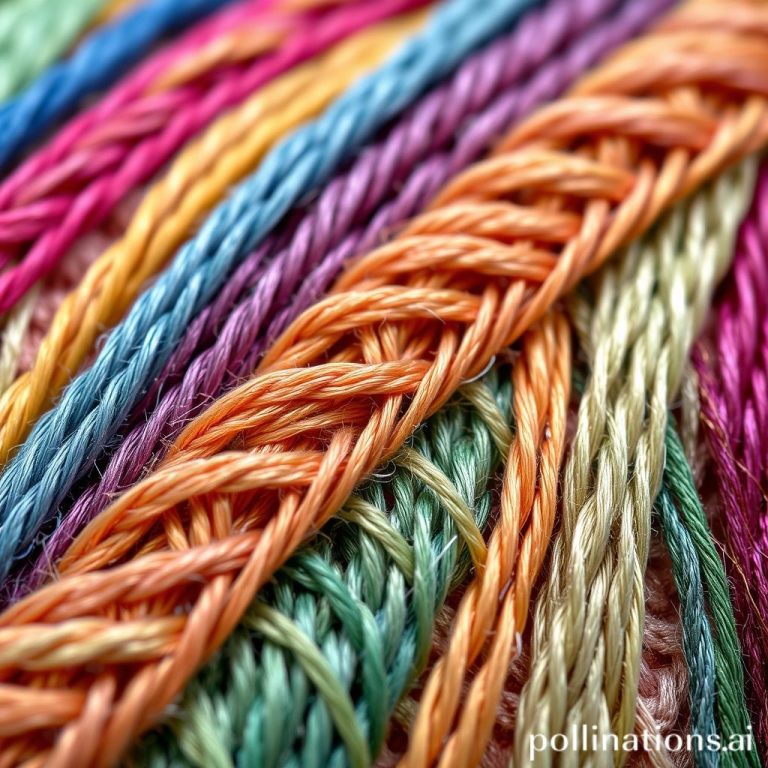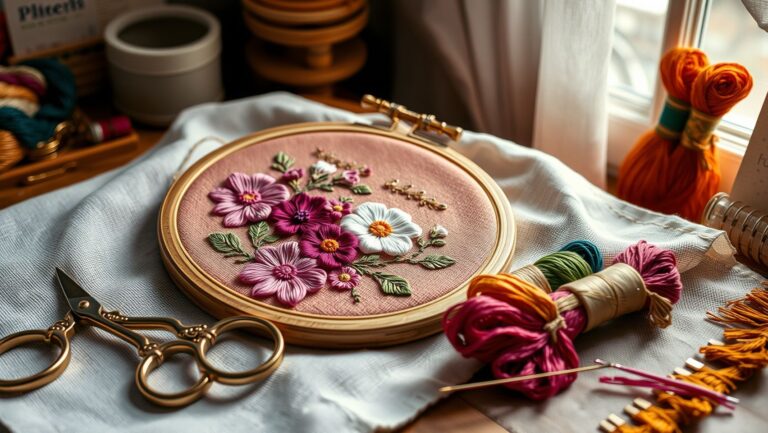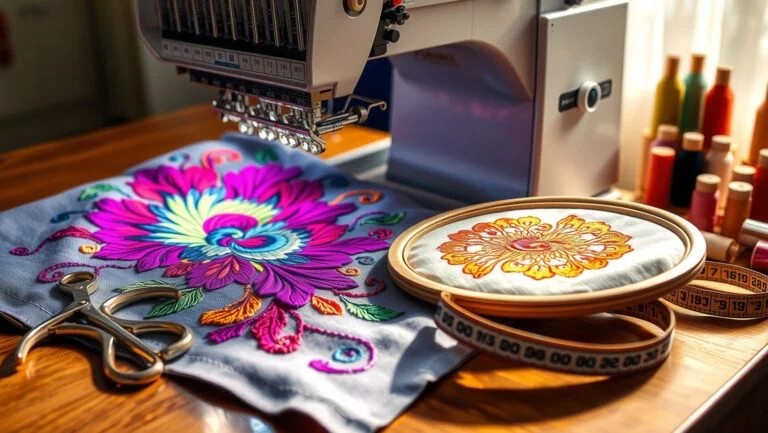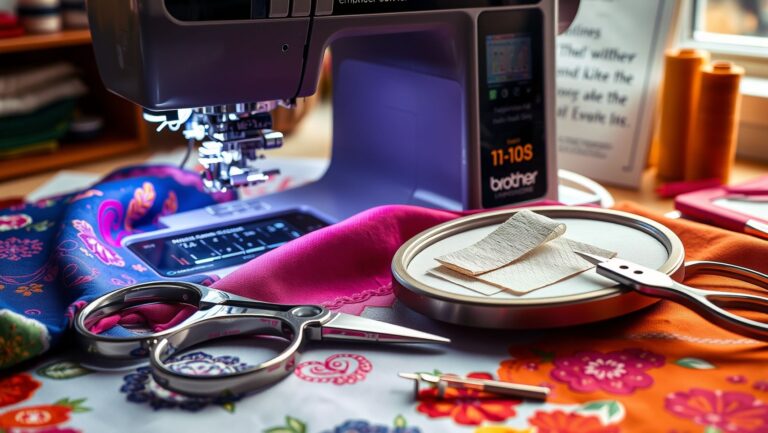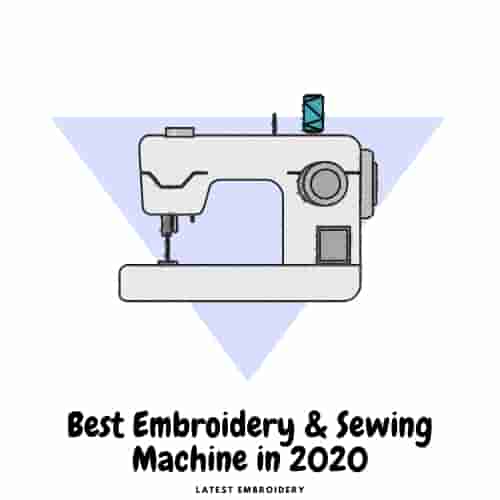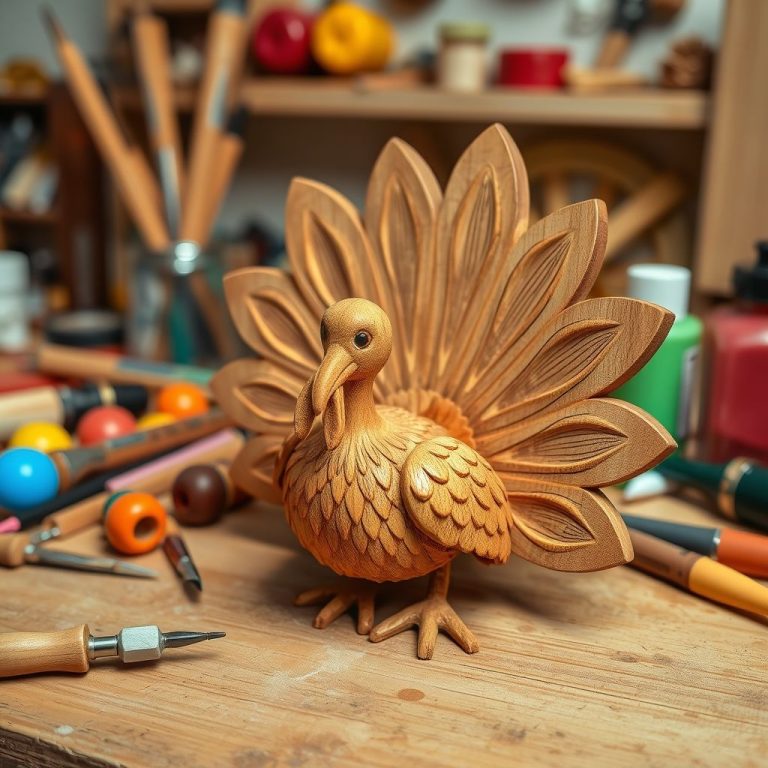How to Choose the Best Embroidery Thread for Durable, Color-Fast Projects
Are you tired of dealing with thread breakage, fading colors, or uneven stitches that ruin your embroidery projects? If so, you’re not alone. Many crafters face these frustrations, often because of the type of thread they choose. The right embroidery thread can make all the difference, ensuring your designs are not only beautiful but also durable and color-fast. But with so many brands and materials on the market, how do you know which ones truly stand out? In this article, we’ll share results from rigorous testing of top embroidery thread brands, highlighting what makes some threads better suited for long-lasting, vibrant projects. Whether you’re working on hand embroidery or machine designs, understanding the qualities of high-quality threads is essential for achieving professional-looking results. By the end, you’ll have the practical info needed to select threads that won’t fade, break, or veer off course—saving you time, money, and frustration. Ready to elevate your embroidery skills? Let’s dive into the details that matter most in choosing the perfect thread for your craft.
What the Research Reveals About Top Embroidery Thread Brands
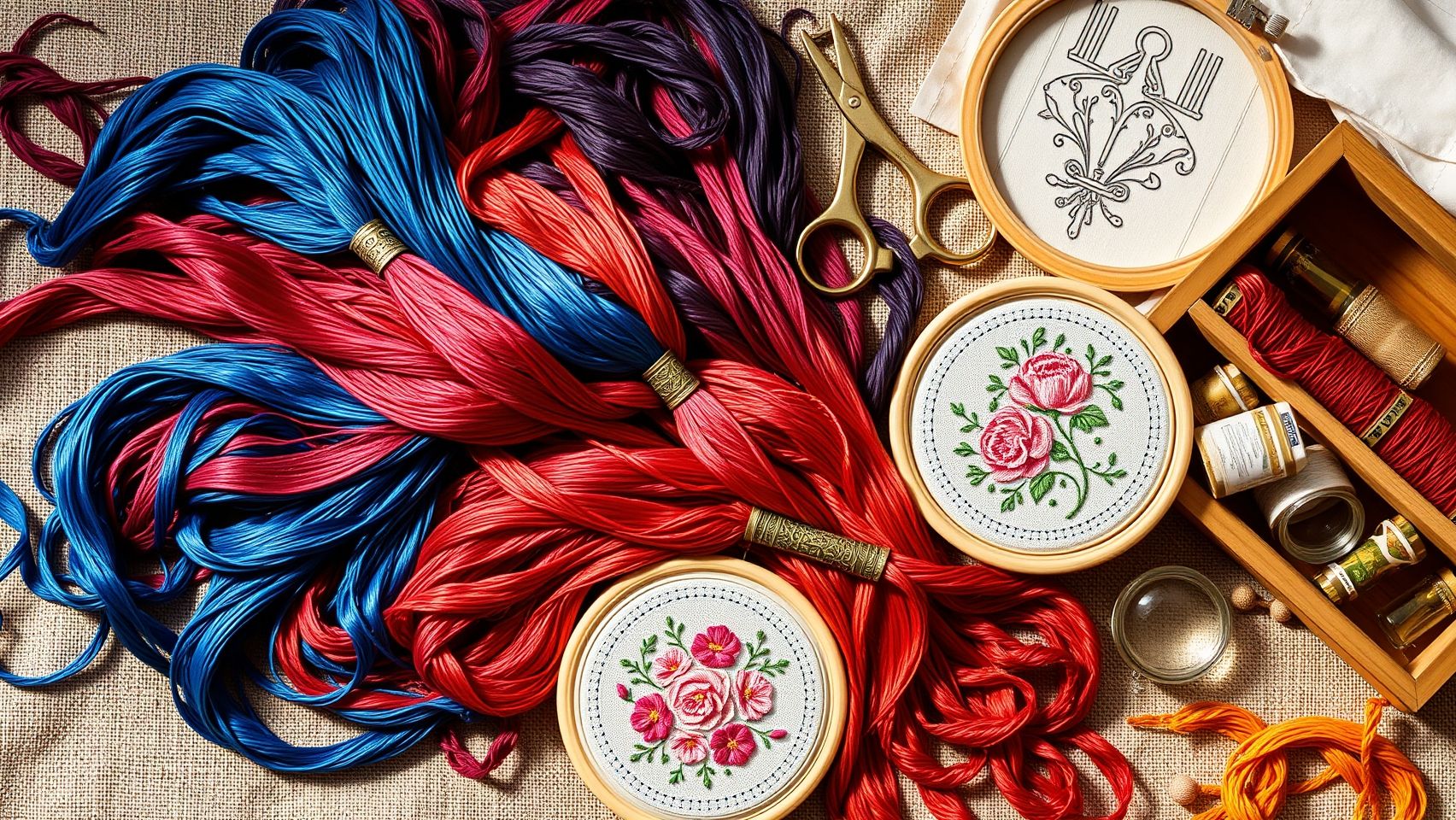
Embroidery thread quality is crucial for achieving durable and vibrant designs. Recent research highlights Madeira as a leading brand, appreciated by 93% of embroiderers for its highly vibrant and durable threads, making it ideal for projects that require long-lasting color retention. Other top brands like Gutermann and Anchor are recognized for their strong colorfastness and excellent strength, which are essential for complex, dense designs. Price points vary significantly, with DMC skeins costing around $1.05 per yard and Artiste packs offering 150 colors for $9.49, catering to different budgets. The market increasingly favors polyester and rayon threads, dominating over 85% of usage, thanks to their durability and sheen. Furthermore, eco-friendly options such as Lyocell and recycled polyester are emerging, aligning with sustainable craft trends.
Color fastness tests reveal Madeira and Sulky outperform competitors, maintaining color integrity after 50+ washes—vital for clothing and outdoor projects. Thread strength comparisons indicate Madeira threads withstand higher tension without breaking, offering reliability for intricate embroidery. Proper storage—keeping threads in cool, dry environments within clear containers—ensures their longevity and maintains color quality. Overall, these insights assist embroiderers in selecting the optimal brands based on durability, cost-effectiveness, and environmental considerations.
Comparison of Top Embroidery Thread Brands
Step-by-Step Guide to Testing Your Thread for Best Results
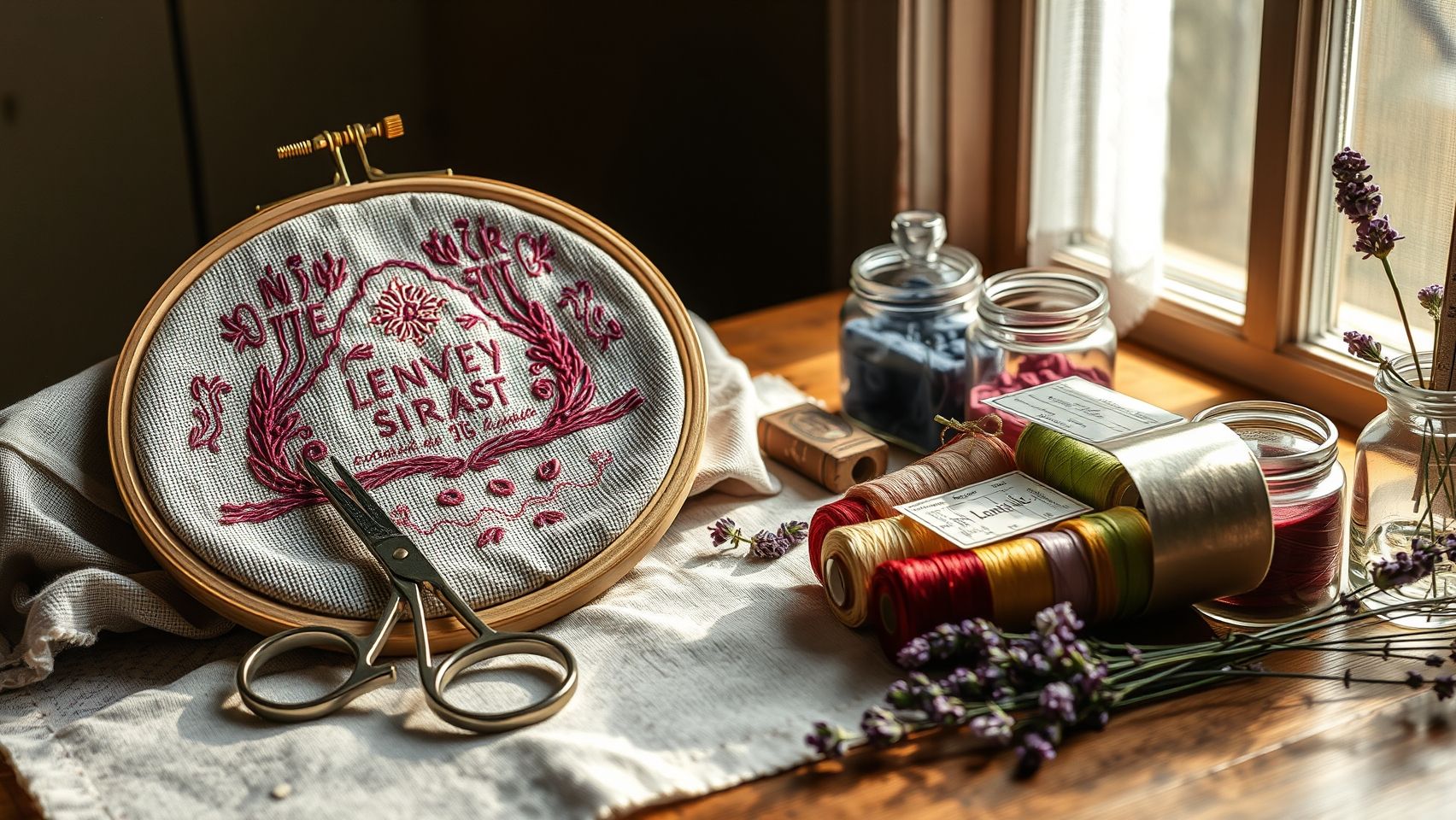
Before committing to a specific embroidery thread brand for high-use or washable projects, it’s essential to thoroughly test its durability, colorfastness, and strength. Proper testing ensures your project maintains its quality over time and under various care conditions, saving you time and material costs in the long run.
This process involves selecting a small fabric sample similar to your intended material, running test stitches, and evaluating the thread’s performance after washing. Following these steps helps you make an informed choice that guarantees vibrant, long-lasting results.
Choose a Suitable Fabric Sample
Select a small scrap of fabric that closely resembles your actual project material in weight, fiber content, and weave. This ensures the test results accurately reflect how the thread will perform in your intended application.
Run a Test Stitch
Thread your sewing machine with the selected thread. Adjust the tension to avoid breakage or uneven stitches. Run a few test stitches on your fabric sample, paying attention to smoothness and tension consistency.
Wash and Evaluate
Wash the fabric sample using mild detergent at the same temperature and method as your project’s care instructions. Once dry, inspect the sample for color fading and thread fraying. Check the integrity of the stitches and overall appearance.
Document and Adjust
Record the thread brand, tension settings, and washing outcome for comparison across different brands. If the thread shows signs of color fade or fraying, consider adjusting tension or trying a different brand. Proper documentation helps you refine your process and select the best thread for durable, wash-safe projects.
How to Match Thread Type and Brand to Your Fabric and Design Needs
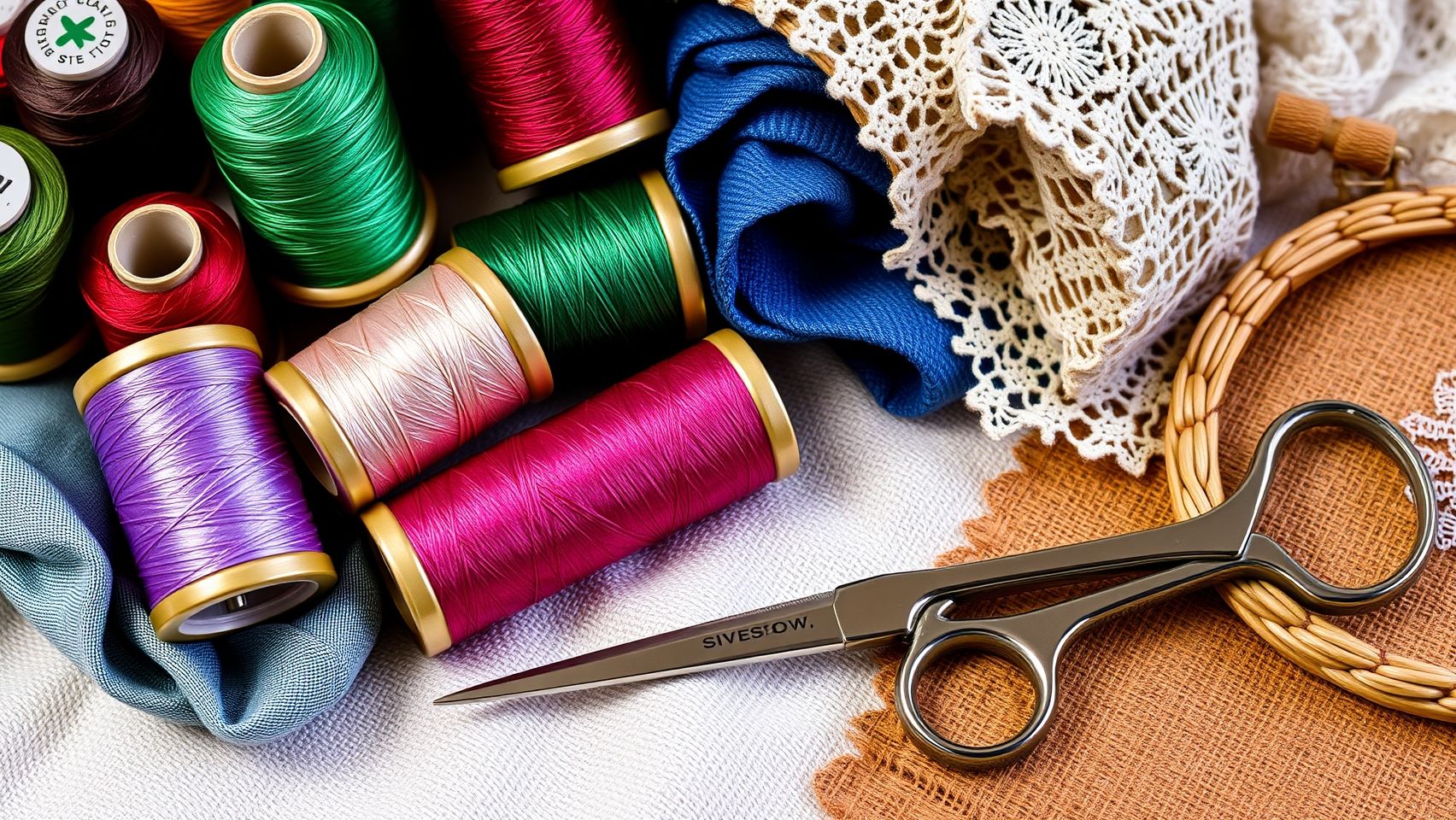
Choosing the right embroidery thread is essential for achieving durable, vibrant, and professional-looking results. The choice depends heavily on your fabric type, the complexity of your design, and the desired finish. Understanding these factors helps in selecting the most suitable thread brand and type to ensure your project withstands wear and retains its color over time.
Matching your thread with your fabric and design specifications reduces issues like puckering, fading, or thread breakage. Modern brands like Madeira and Sulky are recognized for their fade-resistant, strong polyester options, ideal for outdoor or heavy-use items. For delicate fabrics, finer threads such as 60 wt polyester offer minimal visibility, preventing puckering and ensuring a smooth finish. Specialty threads, like metallic or glow-in-the-dark, require specific needle sizes and tension settings, which can be optimized using digital color guides and tension charts. Always test threads on small samples to predict their performance on textured or dense fabrics, helping you avoid costly mistakes.
Matching Thread Type to Fabric and Project Complexity
For lightweight or delicate fabrics such as silk or chiffon, opt for 60 wt polyester threads that are finer and produce less visible stitches. Heavy-duty projects or items intended for outdoor use benefit from thicker, fade-resistant threads like those from Madeira or Sulky, known for their strength and color longevity. Metallic or specialty threads add decorative effects but require precise tension adjustments and specific needles, often size 75/11 or 90/14, to prevent breakage. Utilizing digital color-matching tools, like embroidery software color charts, ensures your thread shades complement or intentionally contrast your design effectively. Testing different brands on similar fabric types reveals how they handle tension and density, ensuring optimal performance before starting on the main piece.
Current Trends and Market Insights in Embroidery Threads
Recent industry data shows a rising preference for eco-friendly threads, with brands such as Lyocell gaining popularity due to their sustainable production and high-quality finish. Market statistics indicate that polyester threads remain the top choice for their durability and colorfastness, especially in commercial and outdoor applications. Innovations in thread manufacturing now include enhanced smoothness and color vibrancy, catering to both hobbyists and professionals. Experts emphasize the importance of matching thread quality with fabric characteristics, recommending testing on sample swatches to achieve the best tension, sheen, and finish. Staying updated with the latest tools and materials allows embroiderers to elevate their craft while adhering to sustainable practices.
Step-by-Step: Implementing Colorfastness and Strength Tests for Your Threads
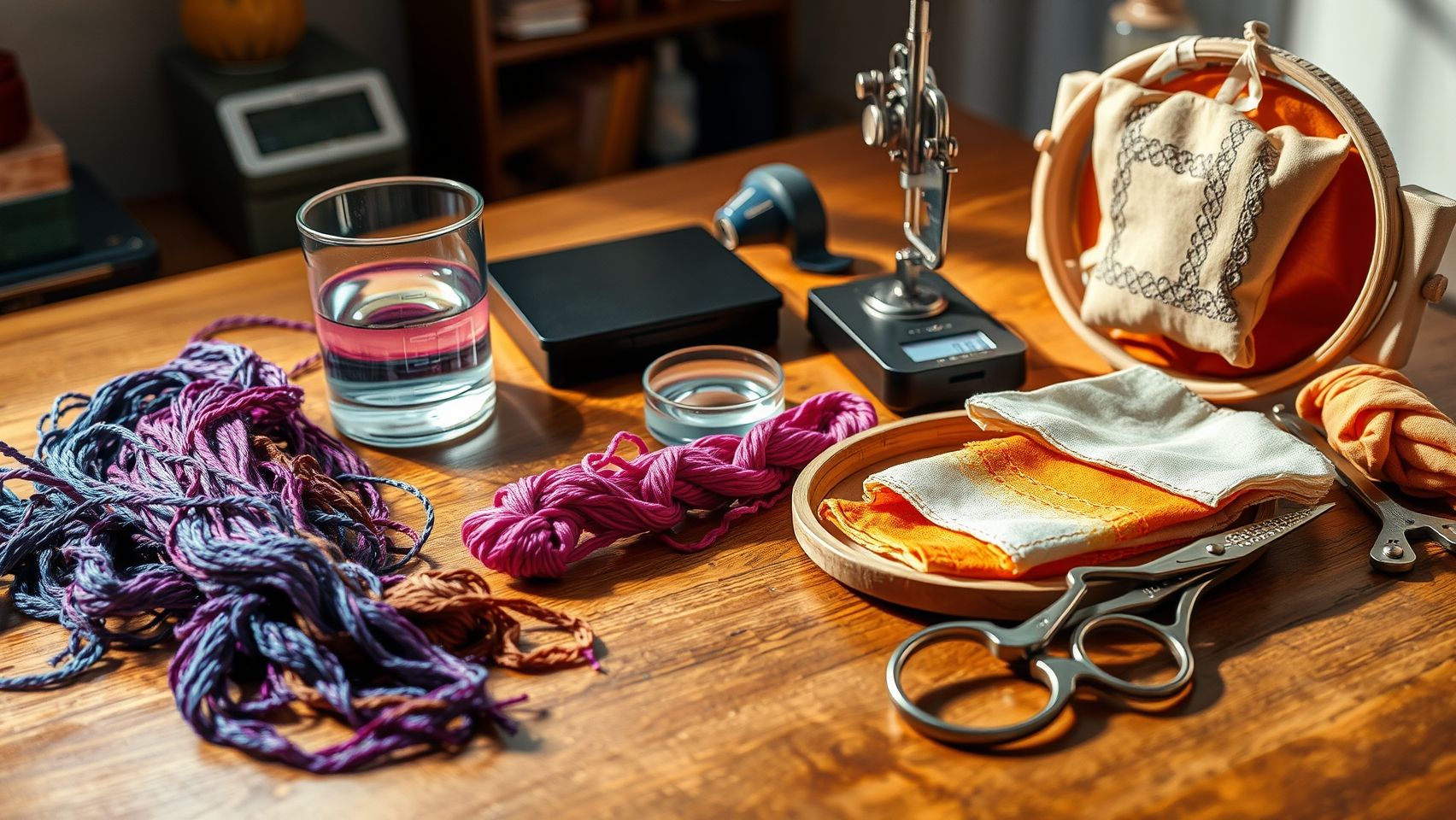
Ensuring your embroidery threads withstand washing and environmental exposure is crucial for long-lasting, vibrant projects. Conducting in-house testing allows you to verify each brand’s performance in terms of colorfastness and strength, saving you time and potential disappointment down the line.
1. Prepare Test Samples
Begin by selecting multiple fabric samples, ideally the ones you plan to use for your projects. Stitch each sample with different thread brands and types, maintaining consistent stitching tension and stitch length to ensure fair comparison. Document the tension settings and stitch quality for future reference.
2. Simulate Real-World Conditions
Expose the finished samples to conditions mimicking actual use. For colorfastness testing, wash samples in warm water with a mild detergent, following standard testing protocols. Alternatively, for light fastness, place samples in direct sunlight for several hours. Be sure to handle each sample identically to maintain consistency.
3. Inspect and Record Results
After washing or exposure, thoroughly inspect each sample for signs of color fading, thread fraying, or breakage. Record which brands perform best in terms of durability and color retention. Madeira and Sulky threads, for example, are consistently noted for their high colorfastness and strength, making them reliable choices for demanding projects.
Create a detailed testing log, including tension settings, exposure conditions, and post-test results. This personalized record will guide your future selections, ensuring you choose the most durable and colorfast threads tailored to your specific needs.
Tools and Techniques to Optimize Your Thread Selection and Storage
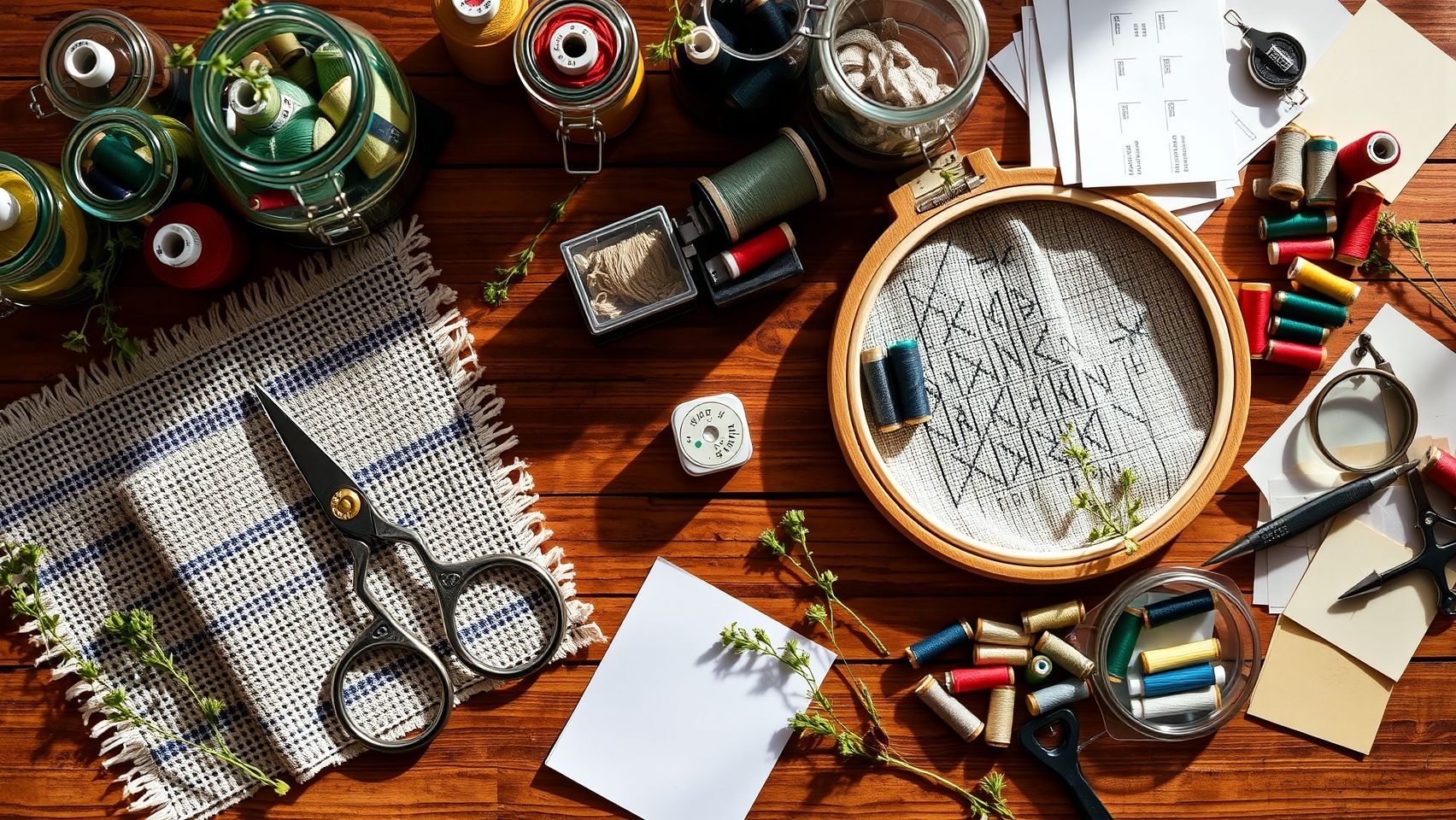
Efficient management of embroidery threads is crucial for achieving professional-quality results and prolonging the lifespan of your supplies. Using the right tools and techniques helps prevent tangling, maintains thread vibrancy, and ensures consistency in stitch quality. Investing in organized storage, precise cutting tools, and proper handling methods can make a significant difference in your embroidery projects.
Organized Storage Solutions
Utilize clear plastic spool drawers or tiered spool racks to keep threads neatly separated and easily accessible. Proper organization helps prevent tangles and makes it simple to select the right color quickly. Storing threads in a cool, dark, and dry environment prevents fading, degradation, and moisture damage, maintaining thread strength and vibrancy over time.
Essential Tools and Techniques
Invest in quality thread cutters to achieve clean cuts and reduce fraying. Tension testers or meters allow for precise adjustments on embroidery machines, ensuring consistent stitch quality. Selecting compatible needles—such as ballpoint for knits and sharp for woven fabrics—and matching them to thread weight improves needle-thread tension harmony. Using color-matching software and swatch charts guarantees accurate color selection, reducing mismatched hues and waste. Regularly testing thread tension during projects helps maintain uniform stitches, especially in high-volume embroidery setups.
Research shows that proper thread storage and handling not only extend thread lifespan but also enhance finished project quality, particularly in professional embroidery environments where precision and durability are vital.
Comparing Thread Brands and Features for Your Next Project
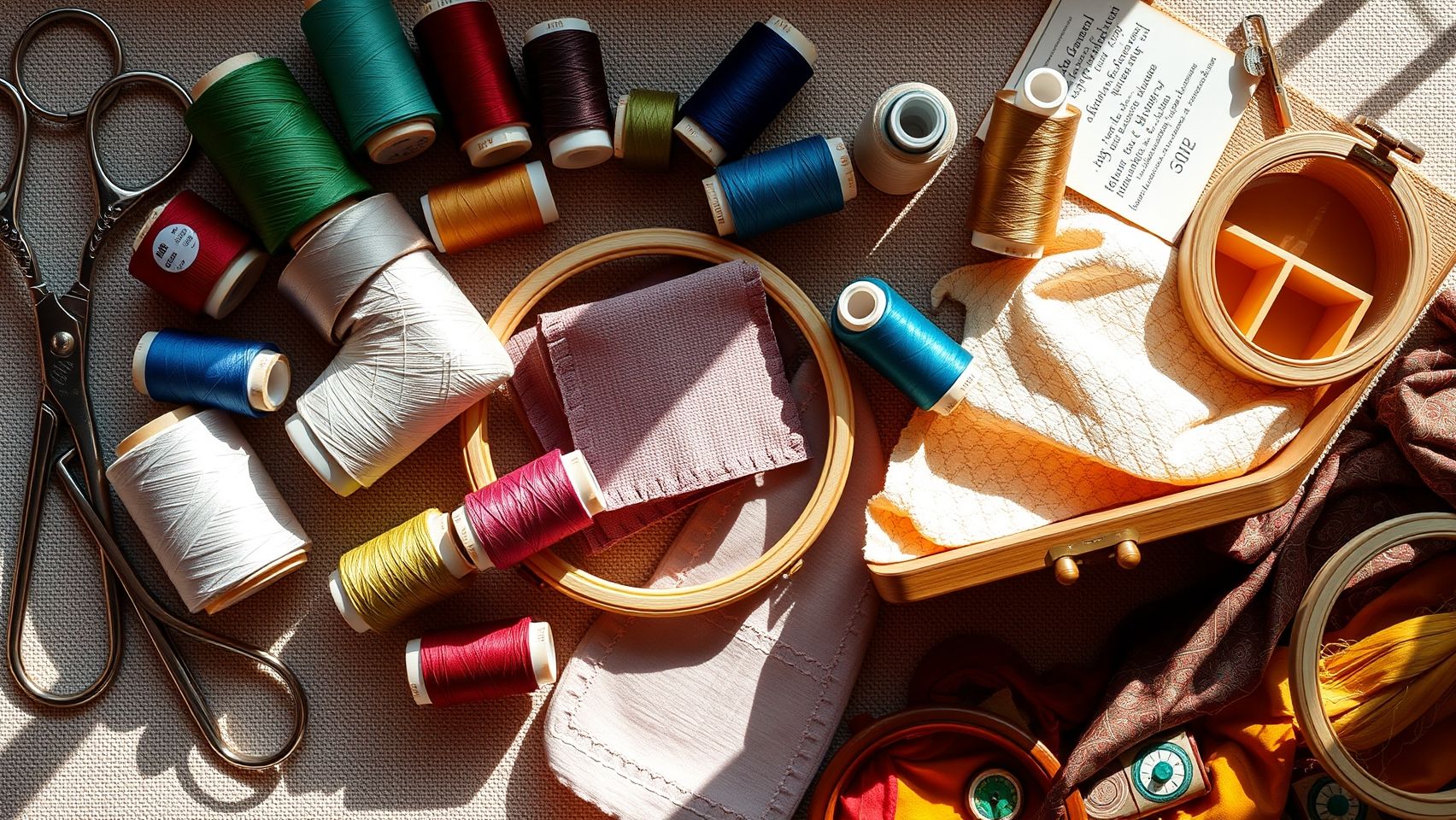
Choosing the right embroidery thread is crucial for achieving durable, vibrant, and color-fast results. With numerous brands available, understanding their features, pros, and cons helps in making informed decisions tailored to specific project needs. This comparison provides a detailed analysis of leading brands including Madeira, Gutermann, Anchor, Sulky, DMC, and eco-friendly options, based on recent market data and user reviews.
Feature-by-Feature Comparison
Pros and Cons Overview
For different project types, Madeira excels in heirloom and professional projects demanding long-lasting, vibrant results. Gutermann and DMC offer balanced affordability and quality, suitable for hobbyists and everyday projects. Eco-friendly Lyocell threads are increasingly popular for those prioritizing sustainability without compromising on performance, especially in environmentally conscious sewing and embroidery.
Conclusion
Choosing the best embroidery thread for your projects is essential to ensure durability, vibrant colors, and professional results. As we’ve discussed, key factors include selecting reputable brands like Madeira, testing for colorfastness and strength, and organizing your thread storage to keep your supplies in top condition. Regular practical testing and comparison can help you identify the perfect threads that match your project needs and elevate your embroidery work to new heights.
Start testing your current threads today by following our step-by-step guide, evaluate their performance, and consider investing in high-quality brands like Madeira to achieve the best results. Proper storage and maintenance are equally vital for ensuring your threads remain in prime condition for future projects. Take action now—your future masterpieces depend on it!
Remember, well-chosen and well-maintained threads make all the difference between ordinary and extraordinary embroidery. Happy stitching!
